Get A Quote!
Please fill out this form, and we will get you a quote.
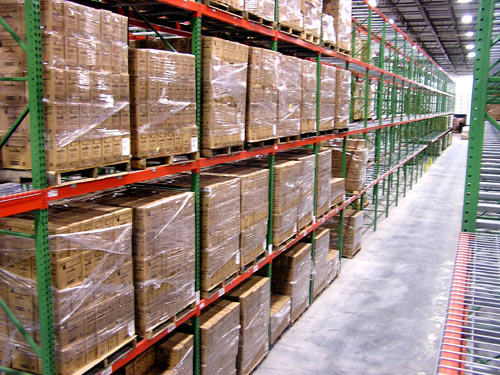

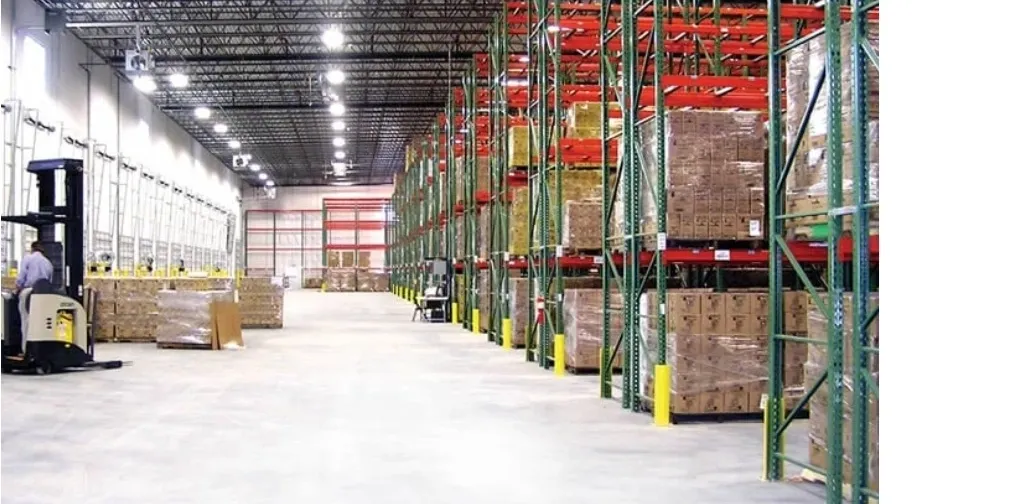
Pallet racking is a robust storage system designed to organize and store materials on pallets in warehouses and distribution centers, serving as the backbone of efficient inventory management.
By utilizing vertical storage, it transforms unused overhead space into valuable storage real estate, allowing businesses to store more inventory in less floor space while streamlining operations and improving accessibility.
Uprights: The vertical frames that provide the structural foundation, anchoring the system and supporting the weight of stored goods.
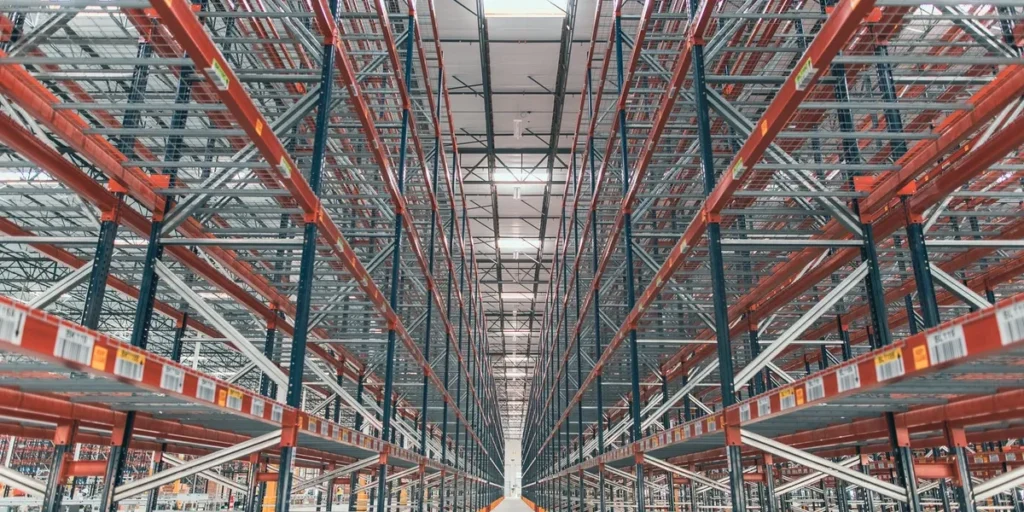
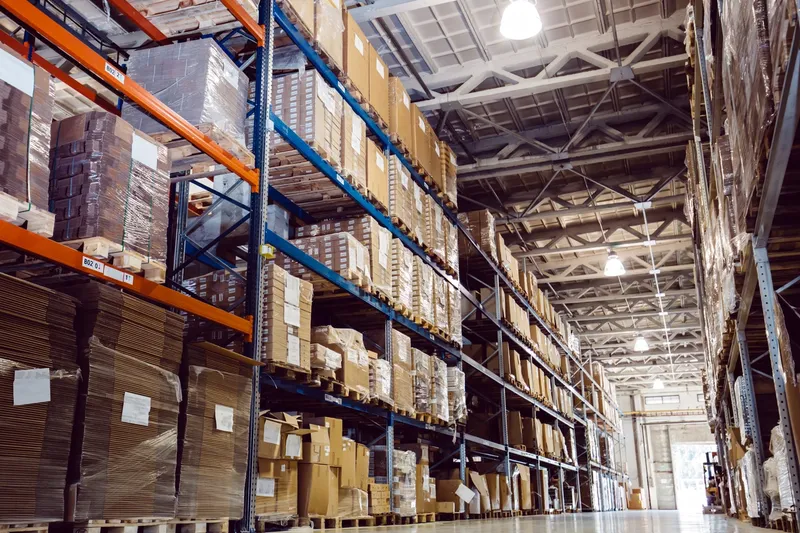
Choosing the right pallet racking system depends on your specific needs. Consider the following factors to ensure you select a solution that fits your warehouse:
Based in Cincinnati, Ohio, with locations across the country, we provide expert supply and installation of pallet racking and material handling equipment nationwide. Our skilled team delivers professional, cost-competitive installation services tailored to your warehouse needs, ensuring optimal performance and safety no matter where you are in the U.S.

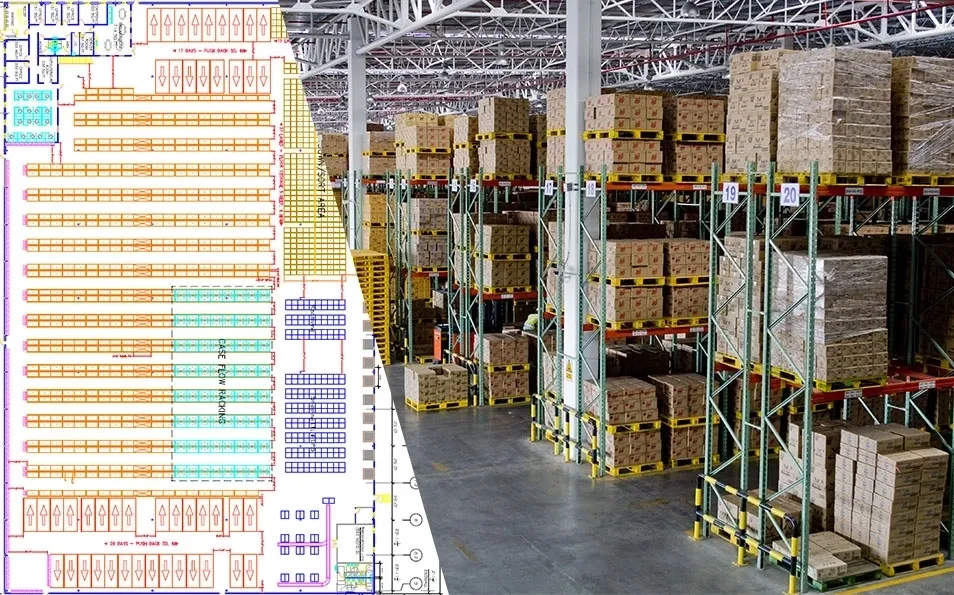
At Warehouse Equipment & Supplies Co., we make optimizing your warehouse easy and cost-effective with our complimentary layout and design services. Our experienced Warehouse Design Specialists collaborate with you to create a customized pallet racking system tailored to your specific storage needs, space constraints, and operational goals. From initial consultation to detailed CAD layouts, we provide expert guidance at no cost, ensuring your warehouse maximizes space, efficiency, and safety. Let us help you design the perfect solution to elevate your storage capabilities—completely free of charge.
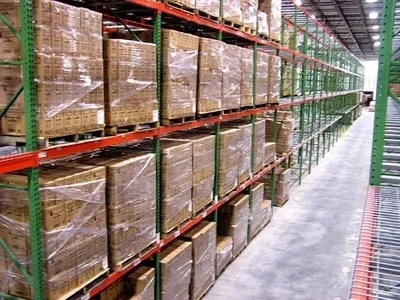
Pallet Racking is the most universal system for direct and individual access to each pallet.
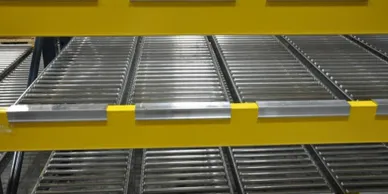
Carton Flow Pallet Racking is a hand picking system is made up of slightly inclined wheel and roller platforms that sit in your pallet racks. The product is deposited at one end to slide safely and gradually down to the picking aisle.
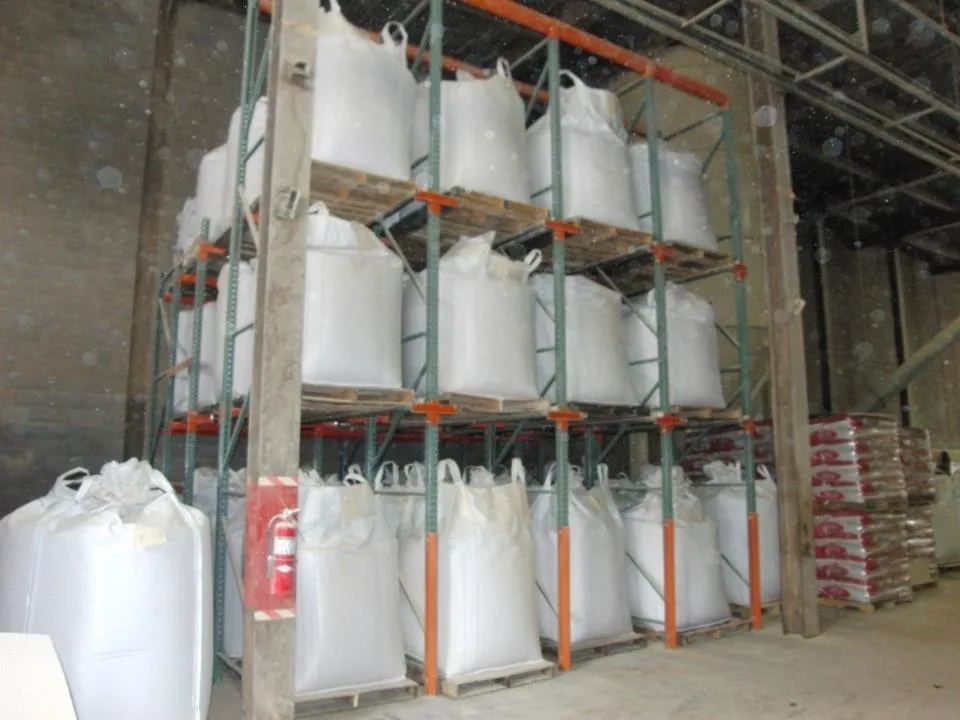
Drive-In Pallet Racking is ideal for stocking large quantities of relatively few items. It can reduce overall square footage requirements by at least 35% compared to a standard selective rack configuration.
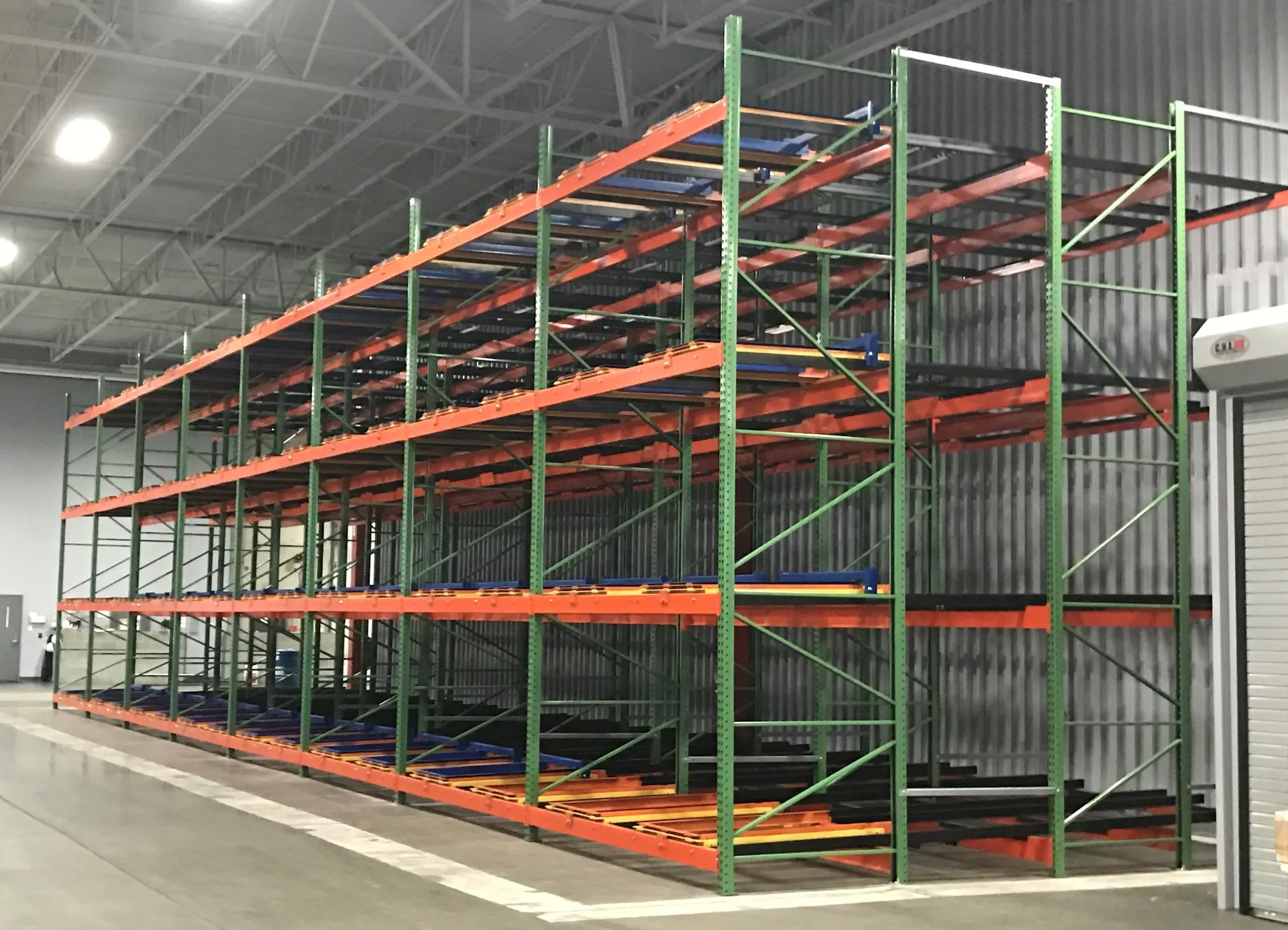
In a Pushback Pallet Racking system, product is placed on a free-rolling cart that is pushed back into the system by loading additional pallets.
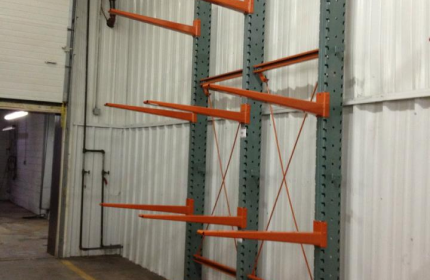
Cantilever Pallet Racking is the optimal storage solution for long, bulky items such as furniture, lumber, tubing, textiles, and piping.
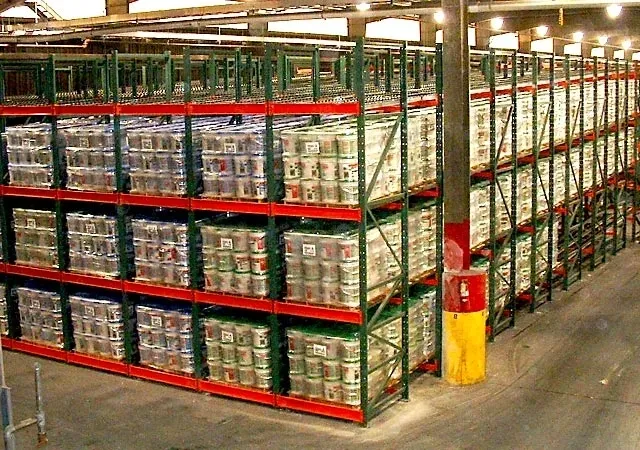
In this first-in/first-out (FIFO) pallet flow pallet racking system, pallets are loaded at the top end of a gently sloped rail and glide safely and effortlessly at a controlled pace to the other side.

We offer comprehensive turnkey services, providing both top-quality material handling products, like our industry-leading pallet racking systems, and professional installation to ensure your warehouse is fully optimized. Based in Cincinnati, Ohio, with locations nationwide, our experienced team handles every step—from product selection and custom design to seamless installation—delivering a tailored solution that maximizes space, enhances efficiency, and meets your operational needs. With competitive pricing and a commitment to safety, we make your project hassle-free, no matter where you are in the U.S.
Trustindex verifies that the original source of the review is Google. W.E.S is always helpful and go above and beyond to assure your project is done on time and on budget. I would highly recommend them for any project you have. Always professional and courteous.Trustindex verifies that the original source of the review is Google. Warehouse Equipment is one of our best vendors that we work with at Armor-IImak. They are family owned and the most respect, upfront honest vendors you will work with. They have never been late on a project and are extremely dependable!!!Trustindex verifies that the original source of the review is Google. Great company! Very reliable customer service, would highly recommend!Trustindex verifies that the original source of the review is Google. Best price of all the quotes that we received. They were on time, worked very quickly, swept the floors under the racks that they took down, and helped to store excess materials. Did a great job.Trustindex verifies that the original source of the review is Google. Highly recommend Warehouse Equipment. Very easy to work as we had a lot of changes going thru the whole process- couldnt be more pleased with the outcomeTrustindex verifies that the original source of the review is Google. I have used Warehouse Equipment & Supplies for two pallet racking projects, and I have found their service to be exceptional. They are highly responsive and communicate throughout the process. Their pricing is also very competitive. 10/10 would recommend working with this company for any of your warehouse needs.
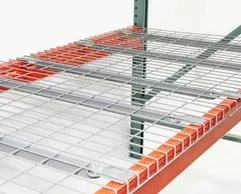
Wire decking provides a storage deck solution for your pallet racks while meeting OSHA and local fire code standards. It makes loading of different types and sizes of pallets safer and easier.
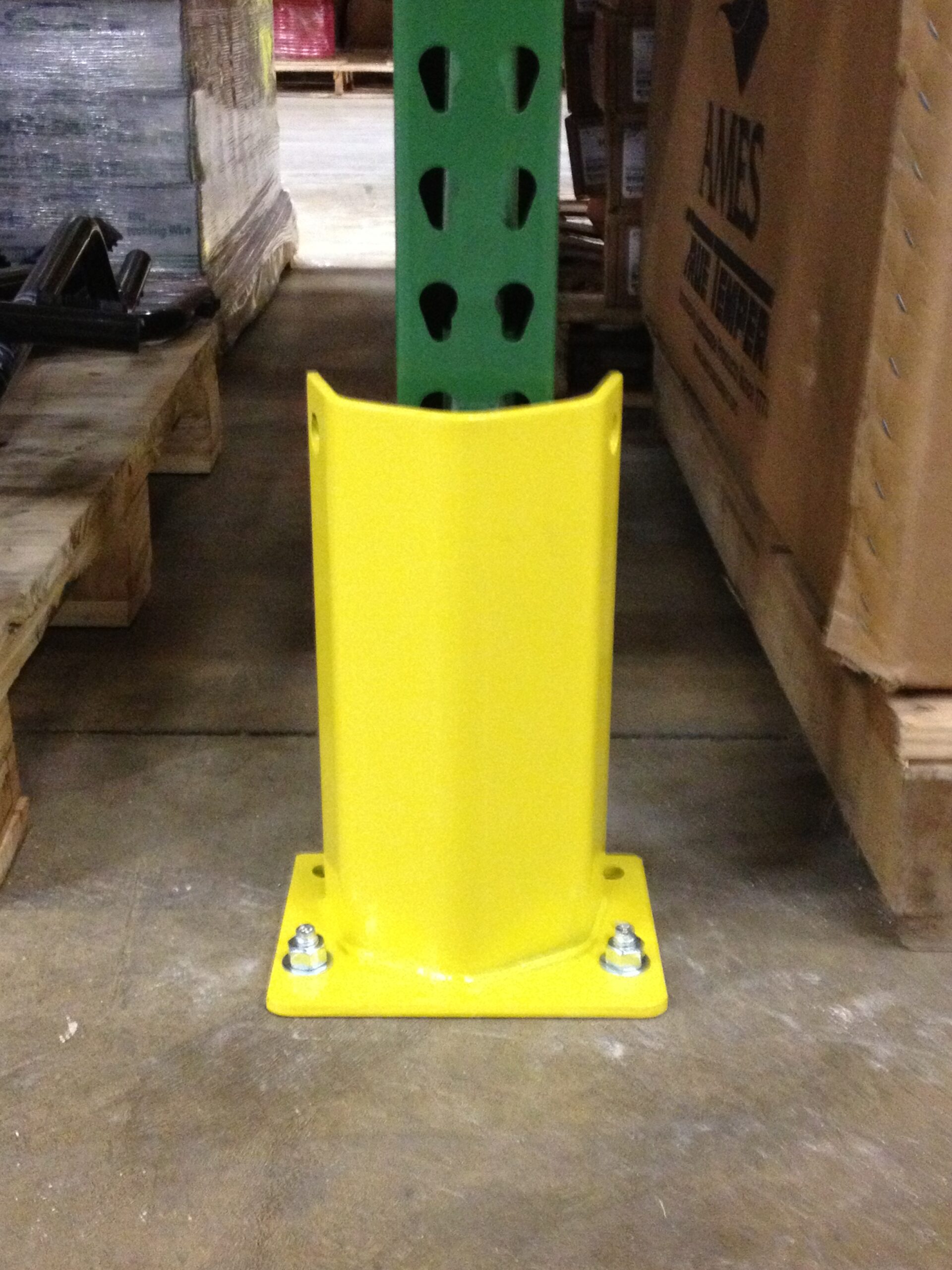
Post Protectors are anchored to the floor protecting the pallet racking upright from costly forklift damage.
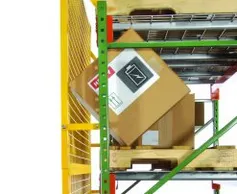
Protect workers and equipment from falling items with pallet racking Rack Back panels. Rack Back panels create a sturdy barrier between stored items and the ground below.
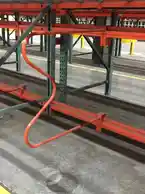
M Dividers are commonly used in pallet racks storing wood, rugs and other vertically-oriented products. M dividers separate product that is being stored upright in a pallet racking system, and get their name from the shape the divider makes when laid on its side.
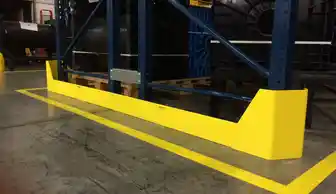
End of Row Protectors are used on pallet racking systems with high-traffic aisles. The row end protectors are placed on the end-of-aisle frames offering added protection from forklift damage.
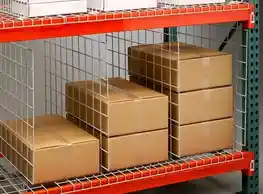
These are used on pallet rack shelves to separate the contents of a beam level.
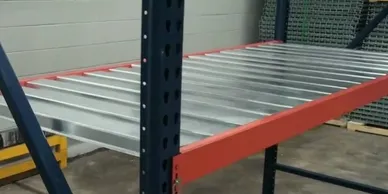
Corrugated decks are used on pallet racks to create a shelf level that is flush with the beam for smooth product loading and unloading.
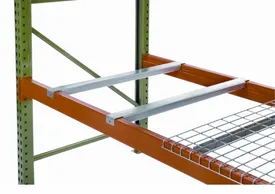
Pallet support bars are used in pallet racks for added pallet fall protection.
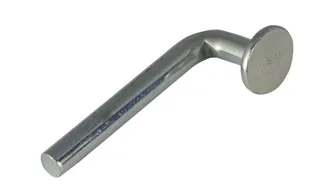
Universal drop pins will keep beams secured in the pallet racking upright frame, even in the event of upward force.
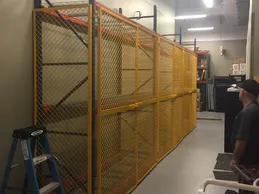
Pallet Rack Enclosures secure inventory and the contents of existing pallet racks and prevent the theft of stored warehouse items.
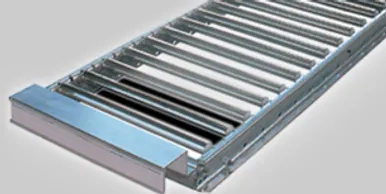
This hand picking system is made up of slightly inclined wheel and roller platforms. The product is deposited at one end to slide safely and gradually down to the picking aisle.
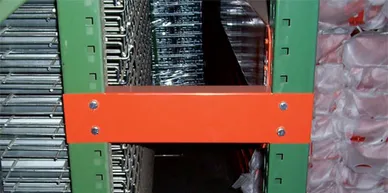
Row spacers are used in flue spaces of pallet racks between uprights to stabilize the rack system or provide clearance for building columns and other obstacles.
Sizing Things Up
The first thing you need to know when putting together a pallet racking project is the size and weight of every load and pallet you’re planning to store. Remember, this includes the three-dimensional size of each item—don’t forget to consider the depth. Additionally, pallets aren’t always the same size as the items they store; be sure to consider possible overhang in your measurements.
Understanding Access
Other elements affect the accessibility of your pallet racking storage space. You’ll need to know the primary method for moving and placing loads on the rack—will they be human-driven, or will the bulk of the work be done by forklift? If the work is done via forklift, you have to consider the vehicle’s minimum turning radius, maximum load capacity and maximum height of retrieval. Don’t forget that pallets have to be lifted from the beam, so you’ll lose a bit of height in the conversion.
Copyright © 2025 Warehouse Equipment & Supplies Co. – All Rights Reserved.
Please fill out this form, and we will get you a quote.